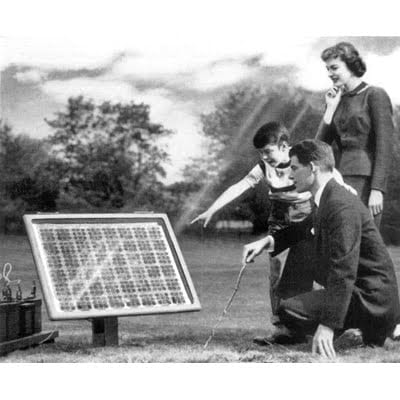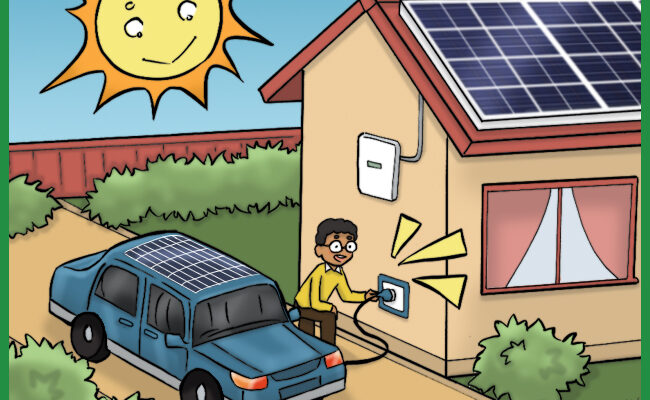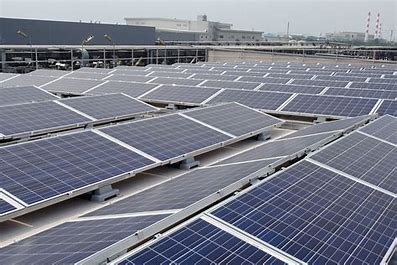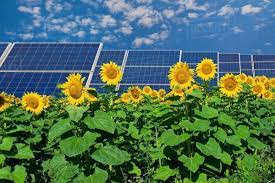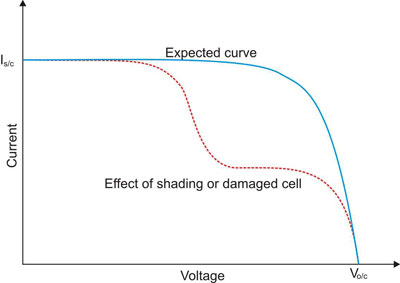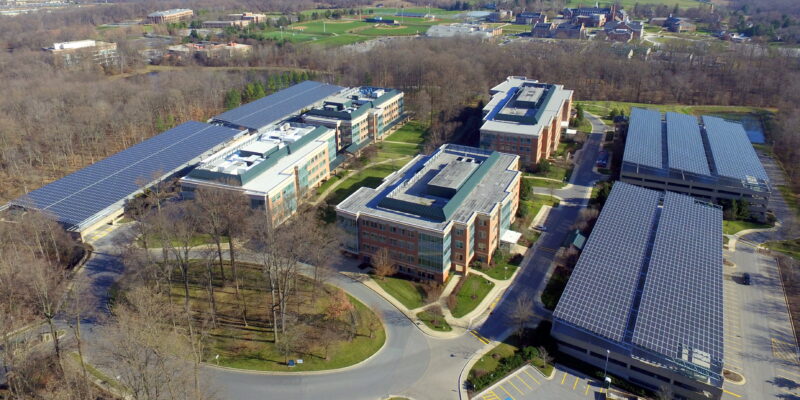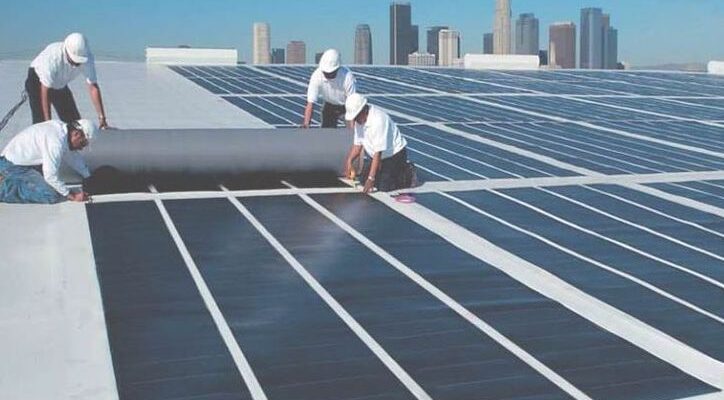Here’s a fun fact about solar panels: The technology behind solar panels, known as photovoltaics, was first discovered in 1839 by Alexandre Edmond Becquerel, a French physicist, when he observed the photovoltaic effect in a conductive solution exposed to light. However, it wasn’t until much later, in 1954, that Bell Labs in the United States developed the first practical photovoltaic (PV) cell, which eventually led to the creation of the solar panels we use today.
